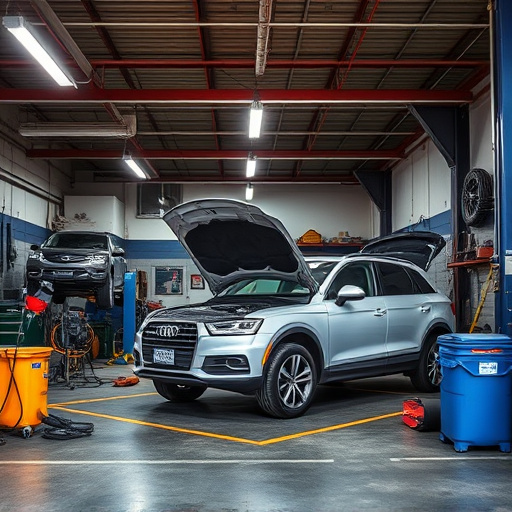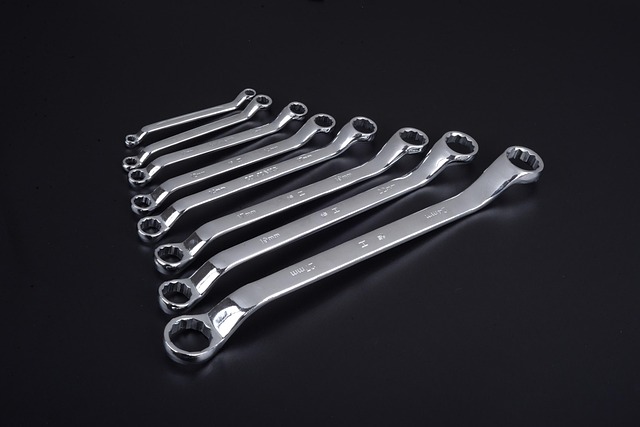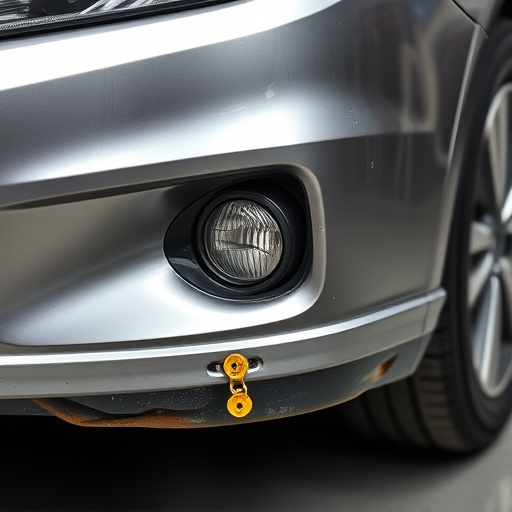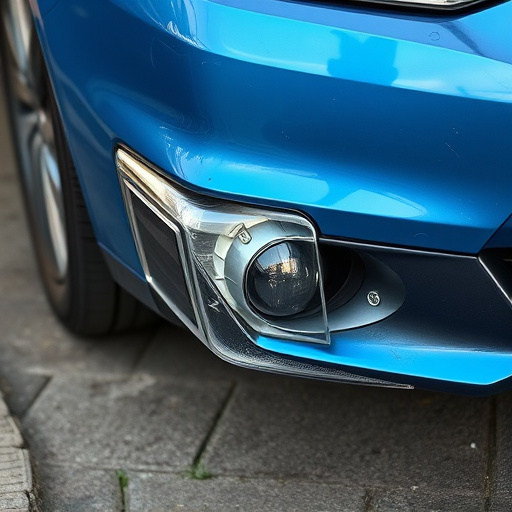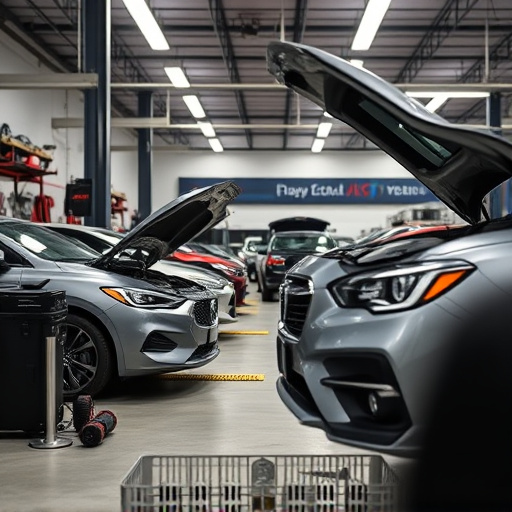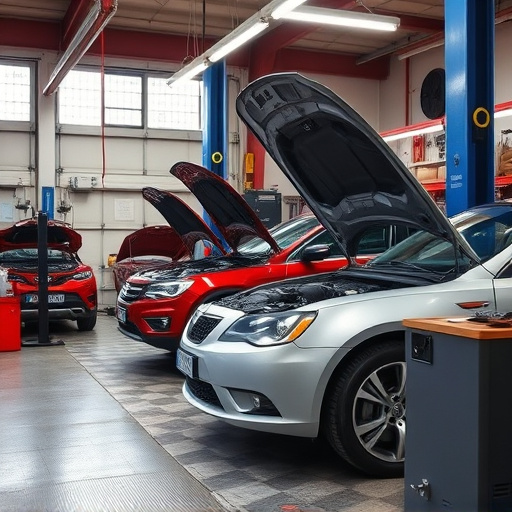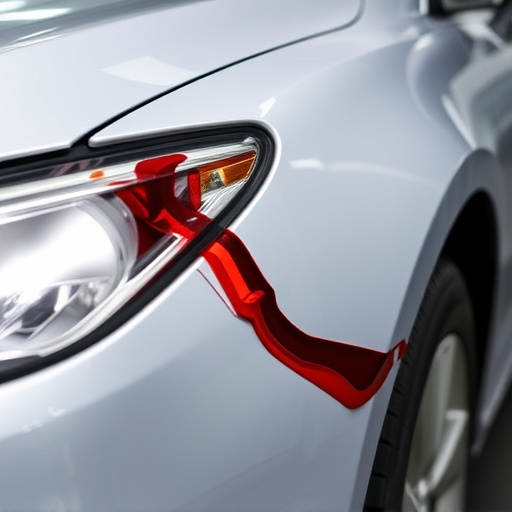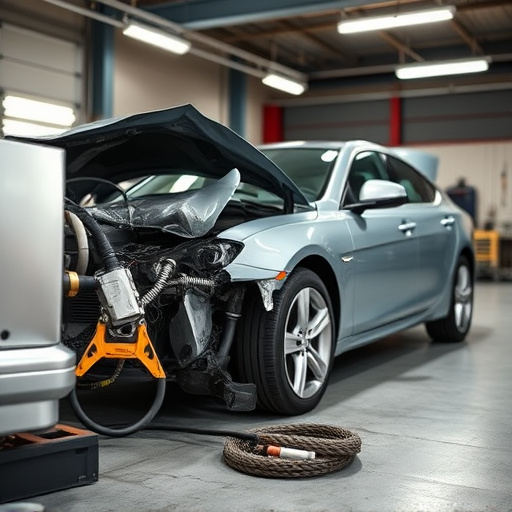Tesla panel gaps, while improving thermal management, can develop unsightly spaces over time. Preventative care includes regular washing and careful parking. Minor gaps can be filled with DIY silicone sealants, but significant damage may require professional Tesla panel gap restoration. This involves meticulous tools, putty knife application, sanding, and matching touch-up paint for a seamless finish, protecting the vehicle's paint job and resale value.
“Discover the art of restoring Tesla panel gaps without leaving paint damaged. This comprehensive guide delves into the common causes of these gaps, offering preventive insights for future owners. Armed with the right tools and materials, you’ll learn a step-by-step process to restore your Tesla’s aesthetic. From identifying issues to applying precise techniques, this article is your roadmap to achieving a flawless finish, ensuring your Tesla maintains its vibrant, like-new appearance.”
- Understanding Tesla Panel Gaps: Common Causes and Prevention
- Tools and Materials for Accurate Gap Restoration
- Step-by-Step Guide: Restoring Gaps Without Paint Damage
Understanding Tesla Panel Gaps: Common Causes and Prevention
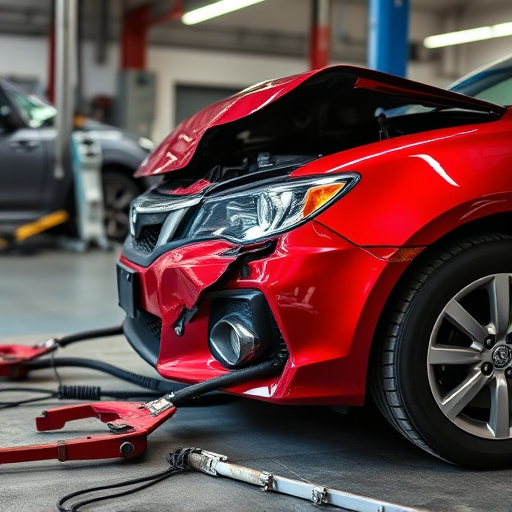
Tesla vehicles, known for their sleek design and cutting-edge technology, come with unique features that also present specific maintenance challenges. One such challenge is the Tesla panel gap. These gaps, designed to allow for thermal expansion and contraction of the vehicle’s metal panels, can over time develop into unsightly spaces between body panels. Common causes include extreme weather conditions, uneven road surfaces, and accidental dents or bumps. To prevent these gaps from forming or worsening, regular washing and thorough drying after exposure to moisture, and careful parking away from objects that could cause impact damage are essential practices for Tesla owners.
While minor panel gaps can be addressed through DIY methods like using silicone sealants, more significant damage often requires professional vehicle dent repair or automotive repair services, especially for fleet vehicles subject to higher mileage and frequent environmental changes. Preventative care and early intervention are key in maintaining the pristine appearance of Tesla’s distinctive design. Should a gap restoration be necessary, specialized techniques and tools ensure minimal paint damage, preserving the vehicle’s original finish and resale value.
Tools and Materials for Accurate Gap Restoration

Restoring the panel gaps on your Tesla requires a delicate touch to ensure no paint damage occurs during the process. The right tools and materials are essential for achieving precise results. For this task, you’ll need specialized gap restoration tools designed to fit the unique contours of Tesla panels. These tools often include precision picks, scrapers, and foam applicators that allow for controlled removal of excess material without marring the surrounding paintwork.
Additionally, a range of filling compounds and touch-up paints specific to Teslas are crucial. Look for gap restoration putty or filler formulated to match the hardness and texture of Tesla’s exterior panels. For application, consider using a thin, flexible putty knife to smoothly spread and shape the filler. Once set, carefully sand the area until smooth, then apply high-quality touch-up paint in the exact shade of your Tesla’s body for a seamless finish. Using these specialized materials ensures that your panel gap restoration is effective and preserves the vehicle’s original, pristine appearance at the car body shop or auto collision center.
Step-by-Step Guide: Restoring Gaps Without Paint Damage
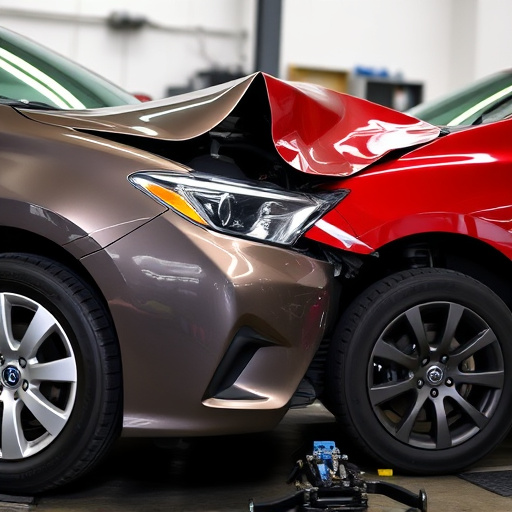
Restoring gaps on your Tesla without causing paint damage requires a meticulous approach. Here’s a step-by-step guide to help you achieve a seamless finish:
1. Inspect and Prepare: Begin by thoroughly inspecting the gap area for its size, depth, and any existing debris. If the gap is large or deep, consider using a putty knife to scrape away any loose paint or material, taking care not to scratch the surrounding surface. Clean the area with a microfiber cloth dampened with isopropyl alcohol to ensure it’s free from dust and grime.
2. Apply Filler: Choose an appropriate filler designed for automotive use. Apply a small amount of filler to the gap using a putty knife, pressing firmly to fill the void. Allow it to set according to the product instructions. Once cured, gently sand the area with fine-grit sandpaper to smoothen out any excess filler and match the contour of the surrounding panel.
Tesla panel gap restoration is a skill that can greatly enhance the aesthetic appeal of your vehicle. By understanding common causes, gathering the right tools and materials, and following a meticulous step-by-step guide, you can expertly restore gaps without causing paint damage. With this knowledge in hand, you’re well-equipped to maintain your Tesla’s pristine condition and ensure it stands out on the road.


